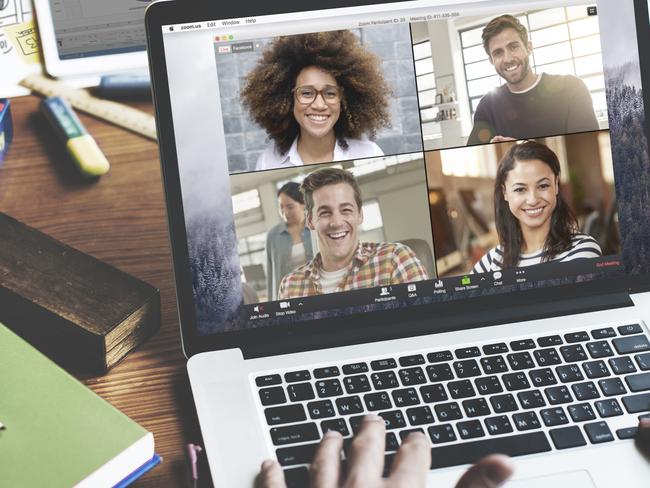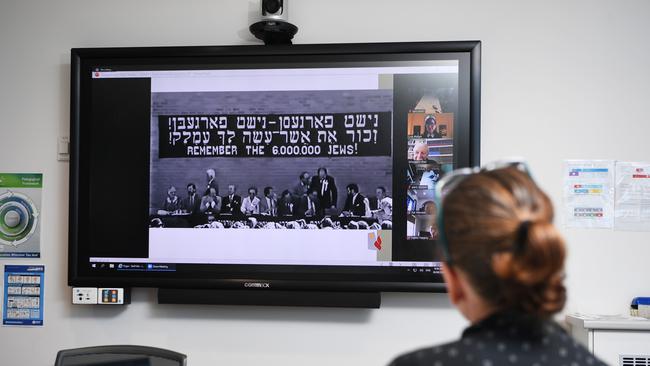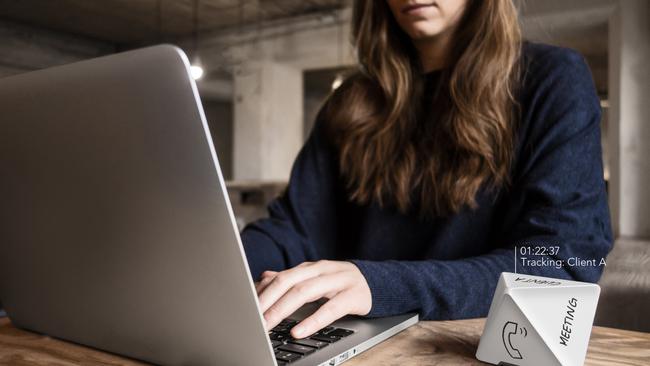COVID puts tech at centre stage: here’s what you need to know
That second monitor is just the start of your new relationship with tech.

In 2020, your working day might have involved the kitchen table and a dodgy internet connection, but life is set to become a lot more sophisticated this year.
Offices are being redesigned around a transient workforce, with inviting discussion areas, meeting rooms with video conferencing facilities, even kitchens where staff mingle, and lockers to store belongings.
Home are changing too, with employees building true work-from-home offices in a converted den or unused bedroom.
There’s the ergonomic desk chair that supports you working long hours; the desk lamp; charging stand, separate mouse and keyboard; an external hard drive for backups; a printer; a second monitor because surveys show that working with two monitors significantly boosts productivity.
Some employees are upgrading to more powerful laptops that handle their work applications as well as everyday home use. Shipments of monitors and commercial laptops have risen during the pandemic, but be warned, the demand has led to a likely shortage of global components, according to research company IDC.
You might buy a high resolution (4K) webcam, a headset with an in-built microphone or external microphone. This week, Jabra announced its Evolve2 30 headset with a microphone at an attractive $150 price made for home workers.
There are other options like network attached storage, or NAS boxes, by Synology, QNAP, Asustor, and Western Digital that let home workers store files in their own home-based cloud.

Video conferencing to colleagues using Zoom, Skype, Microsoft Teams, Google Meet, Webex and others is now more sophisticated. Most offer a rooms feature, where the meeting organiser divides a large list of participants into smaller discussion groups.
Zoom now allows organisers to customise the display of participants and shared content during a meeting. Users can opt between different views of the conference on their phones and you can quickly summon additional people into a conference with Quick Invite, record meetings, and more readily share screens.
To overcome an early problem when uninvited users hacked into Zoom meetings, Zoom introduced an optional “waiting room” feature where call organisers can admit participants one at a time.
There’s also online discussion about looking your best on camera. It is how workmates, your boss and customers will see you and can make a lasting impression.
There are some basics, such as placing your laptop on a stand so viewers see your face rather than neck and nostrils; looking straight at the camera for eye contact; getting the light right so you look soft and don’t appear as a silhouette with your back to a window.
There’s audio. Wireless earbuds are best for listening as they’re unobtrusive. Laptops and webcams generally have microphones but you can use a dedicated one for great sound. Australian firm Rode has a versatile studio mic called the NT-USB with a USB connection for your computer.
If your webcam resolution is poor, you can buy a 4K webcam with a USB connector from firms such as Logitech. Some users have spruced up their Zoom presence with multiple cameras. You might angle a second webcam to show a more inviting background during online discussions.
That’s great also for media interviews. If you don’t have a webcam, you can connect a camera to your computer using an HDMI to USB connector. Get a good one that manages 4K, such as Elgato Cam Link 4K.
In Zoom, there’s an arrow next to the video setting that lets you swap between cameras mid-call. If all else fails, Zoom and similar apps offer fake or blurred backgrounds if you don’t want your workmates to see the unmade bed behind you during a call.

As well as recording Zoom meetings, you can also have meetings automatically transcribed. The service Otter.ai, which offers a form of artificial intelligence transcription, can create live transcriptions of Zoom meetings and webinars.
Otter.ai and competitors also make it easy to audio record interviews and discussions and they produce a transcript almost immediately. Voice is synchronised with text so you can easily check transcription accuracy. It’s a useful tool for office work.
There are other considerations when working at home. If you are sitting at a desk all day you might like to monitor air quality. There are small portable devices such as the Eve Room which measure volatile organic component (VOC) levels, temperature and humidity.
It works with Apple HomeKit. The Davis Instruments AirLink Professional Air Quality Sensor is another. It measures particulates to 0.3 micrometers. Both cost under $200.
There’s keeping track of your time. One of the dangers of working at home is blurring the lines between work time and your time. You might also need to record times when working for clients. Timeular has a novel approach to this. It’s a small electronic eight-sided device that you turn over depending on the task at hand.
You use an app to name the task each side represents, and perform a single flip to go from task to task. It automatically populates a time sheet. There is software such as the Eon Timer for Macs.
If you perform Adobe work for customers, such as a project involving Photoshop, Adobe has a time-tracking widget that will monitor and report your use of Adobe apps.


